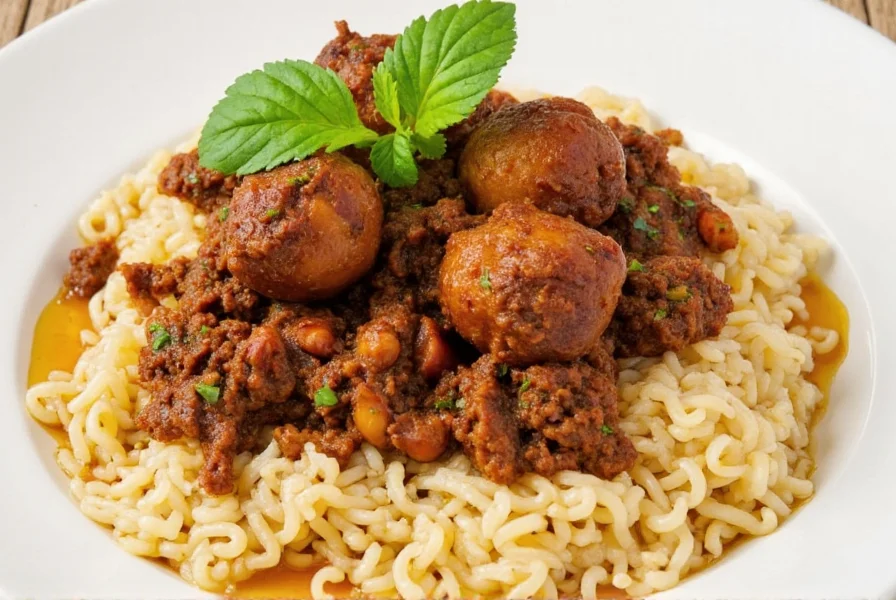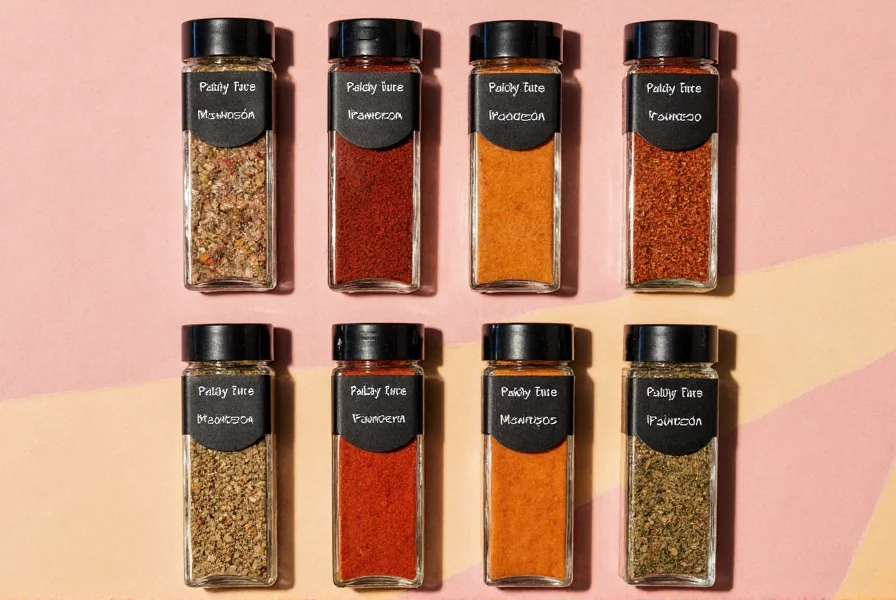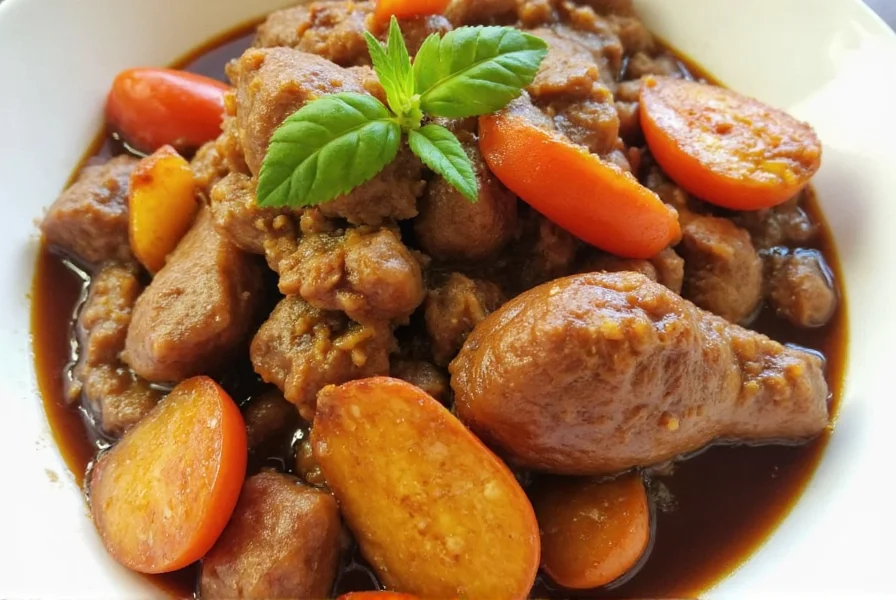Adobo or Not Adobo? Discover the Secret Behind Organic Adobo and Your Kitchen Magic!
If you're passionate about global spice traditions, especially those that blend history with flavor, then organic adobo deserves a prime spot on your shelf. This beloved seasoning, rooted in Filipino cuisine, has evolved into a versatile kitchen staple embraced by food lovers around the world.
Table of Contents
- What is Organic Adobo?
- A Flavorful History: From Filipino Kitchens to Global Tables
- Why Choose Organic Adobo?
- Creative Ways to Use Organic Adobo in Your Cooking
- Buying Guide: Choosing the Best Organic Adobo Brands
- Frequently Asked Questions About Organic Adobo
- Conclusion
What is Organic Adobo?
Organic adobo refers to a pre-mixed seasoning blend made from natural ingredients, free from synthetic additives, preservatives, or artificial flavorings. While traditional adobo is a Filipino cooking method using vinegar, soy sauce, garlic, and spices, the commercial adobo seasoning mimics this flavor profile in powdered form.
The Core Ingredients of Organic Adobo
- Gourmet sea salt
- Garlic powder
- Black pepper
- Oregano (usually Mexican or Mediterranean)
- Cumin
- Sugar (often raw cane sugar)
- Vinegar powder (optional)
A Flavorful History: From Filipino Kitchens to Global Tables
While modern “adobo seasoning” may seem like a recent supermarket phenomenon, its roots trace back centuries to the Philippines. Originally, “adobo” was a cooking technique where meat was marinated and cooked in vinegar, soy sauce, garlic, and spices—used long before refrigeration to preserve food safely.
As Filipino culture spread globally, so did its culinary influence. The seasoning blend we now know as “adobo” became popular in Latin American countries too, particularly Mexico and Puerto Rico, though each region developed its own unique twist on the flavor.

How Did It Become Organic?
In response to rising demand for clean-label products and healthier alternatives, many spice companies started crafting organic versions of adobo seasoning. These blends focus on sourcing certified organic herbs, non-GMO garlic, and sustainably produced salts—making them ideal for health-conscious cooks.
Why Choose Organic Adobo?
With so many spice mixes available today, you might wonder why organic adobo deserves your attention. Here are five compelling reasons:
| Reason | Explanation |
|---|---|
| Natural Ingredients | Free from MSG, artificial flavors, and synthetic preservatives |
| Healthier Option | Often lower in sodium than conventional blends |
| Enhanced Flavor | Uses high-quality, sun-dried herbs and fresh-ground spices |
| Eco-Friendly | Packaged in recyclable materials; supports sustainable farming |
| Great for Clean Eating | Perfect for paleo, keto, vegan, and Whole30 diets |
Organic vs. Regular Adobo: A Quick Comparison
| Feature | Organic Adobo | Regular Adobo |
|---|---|---|
| Ingredients | 100% natural & certified organic | May contain fillers, anti-caking agents, or artificial additives |
| Allergens | Usually allergen-free | Possible gluten or soy content |
| Flavor Profile | Fresh, aromatic, earthy | Muted, sometimes chemical-like taste |
| Price | Higher upfront cost | More affordable but less pure |

Creative Ways to Use Organic Adobo in Your Cooking
Think beyond just seasoning chicken or pork. Organic adobo can be your go-to spice blend for a variety of creative dishes! Here’s how you can use it across your meals:
Breakfast Boosters
- Scrambled eggs: Add a pinch to scrambled eggs or tofu scrambles
- Hash browns: Sprinkle on before baking for extra zest
- Avocado toast: Mix with olive oil and drizzle over avocado slices
Lunch & Dinner Dishes
- Marinate chicken thighs overnight for baked adobo chicken
- Rub onto salmon or shrimp before grilling
- Season roasted vegetables (especially sweet potatoes and cauliflower)
- Add to rice or quinoa while cooking for a quick flavor lift
Snacks & Sides
- Popcorn: Toss air-popped popcorn with melted butter and adobo
- Potato wedges: Mix with olive oil and brush on before baking
- Hummus dip: Blend a teaspoon into store-bought hummus

Buying Guide: Choosing the Best Organic Adobo Brands
With so many options flooding the market, how do you pick the best organic adobo for your kitchen? Let’s break down what to look for when choosing a product:
What to Look For When Buying Organic Adobo
- Certifications: Check for USDA Organic, Non-GMO Project Verified, or Kosher certifications
- Ingredient Transparency: Make sure the label lists every ingredient clearly without vague terms like “spices” or “natural flavors”
- Flavor Notes: Some blends lean toward garlicky, others more vinegary or herby—read reviews or sample small bottles first
- Packaging: Eco-friendly packaging is a plus, and glass jars help preserve freshness
- Price: Expect to pay a bit more for quality, but compare per ounce to find the best value
Top 5 Organic Adobo Products Compared
| Brand | Features | Pros | Cons | Best For |
|---|---|---|---|---|
| Bragg Organic Adobo Seasoning | Non-GMO, gluten-free, vegan | Well-balanced flavor, great for beginners | Slightly higher price point | Everyday cooking |
| Simply Organic Adobo Blend | USDA Organic, fair trade ingredients | Earthy, rich flavor | Harder to find in some regions | Chefs who prefer bold flavor |
| Badia Organic Adobo Seasoning | Spanish-style blend with paprika | Affordable and widely available | Contains a mild filler | Latin American dishes |
| 365 Everyday Value Organic Adobo | Whole Foods private label | Cost-effective and trusted brand | Less complex flavor | Quick meals and meal prep |
| Go Mexi! Organic Adobo Seasoning | Mexican-inspired with chili notes | Unique heat and smokiness | May be too spicy for some | Tacos, grilled meats |
Where to Buy Organic Adobo
- Specialty grocery stores (Whole Foods, Sprouts, Trader Joe's)
- Online retailers (Amazon, Thrive Market, iHerb)
- Local farmers’ markets (artisanal versions available seasonally)
- Direct from spice company websites
Frequently Asked Questions About Organic Adobo
Is Organic Adobo the Same as Spanish Adobo?
No, not exactly. In Spain, “adobo” typically refers to a marinade made with vinegar, paprika, garlic, and herbs—used mainly for meats. Filipino adobo, on the other hand, is both a dish and a seasoning method involving soy sauce, vinegar, and spices. Commercial adobo seasoning combines elements of both traditions, often leaning toward the Filipino flavor profile.
Can I Make My Own Organic Adobo at Home?
Absolutely! Making your own organic adobo is simple and customizable. Just mix together:
- 4 tbsp organic sea salt
- 2 tbsp garlic powder
- 1 tbsp black pepper
- 1 tbsp oregano (Mexican or Mediterranean style)
- ½ tbsp cumin
- 1 tsp raw cane sugar (optional)
- 1 tsp vinegar powder (optional)

How Long Does Organic Adobo Last?
When stored in an airtight container away from moisture and direct sunlight, organic adobo can last up to 2 years. Always check for changes in aroma or color—if it smells dull or looks faded, it's time for a fresh batch.
Is Organic Adobo Gluten-Free?
Most organic adobo blends are naturally gluten-free. However, always check the packaging for allergen statements or potential cross-contamination warnings.
Can Vegans Use Organic Adobo?
Yes! Many brands offer vegan-certified adobo blends. Just ensure there are no hidden animal-derived ingredients like anchovy paste or dairy-based additives.
Conclusion
Organic adobo is more than just a seasoning—it’s a passport to flavor-rich meals rooted in tradition and adapted for modern wellness trends. Whether you’re spicing up a weeknight dinner, experimenting with new cuisines, or simply enjoying a healthier lifestyle, organic adobo brings a little magic to your kitchen.
From its deep cultural heritage to its versatility in recipes, organic adobo proves that good things really do come in small spice jars. So next time you reach for a seasoning blend, ask yourself: adobo or not adobo? We hope you choose adobo—and make it organic!
Now go ahead, grab your favorite organic adobo, and let the flavors speak for themselves!











 浙公网安备
33010002000092号
浙公网安备
33010002000092号 浙B2-20120091-4
浙B2-20120091-4